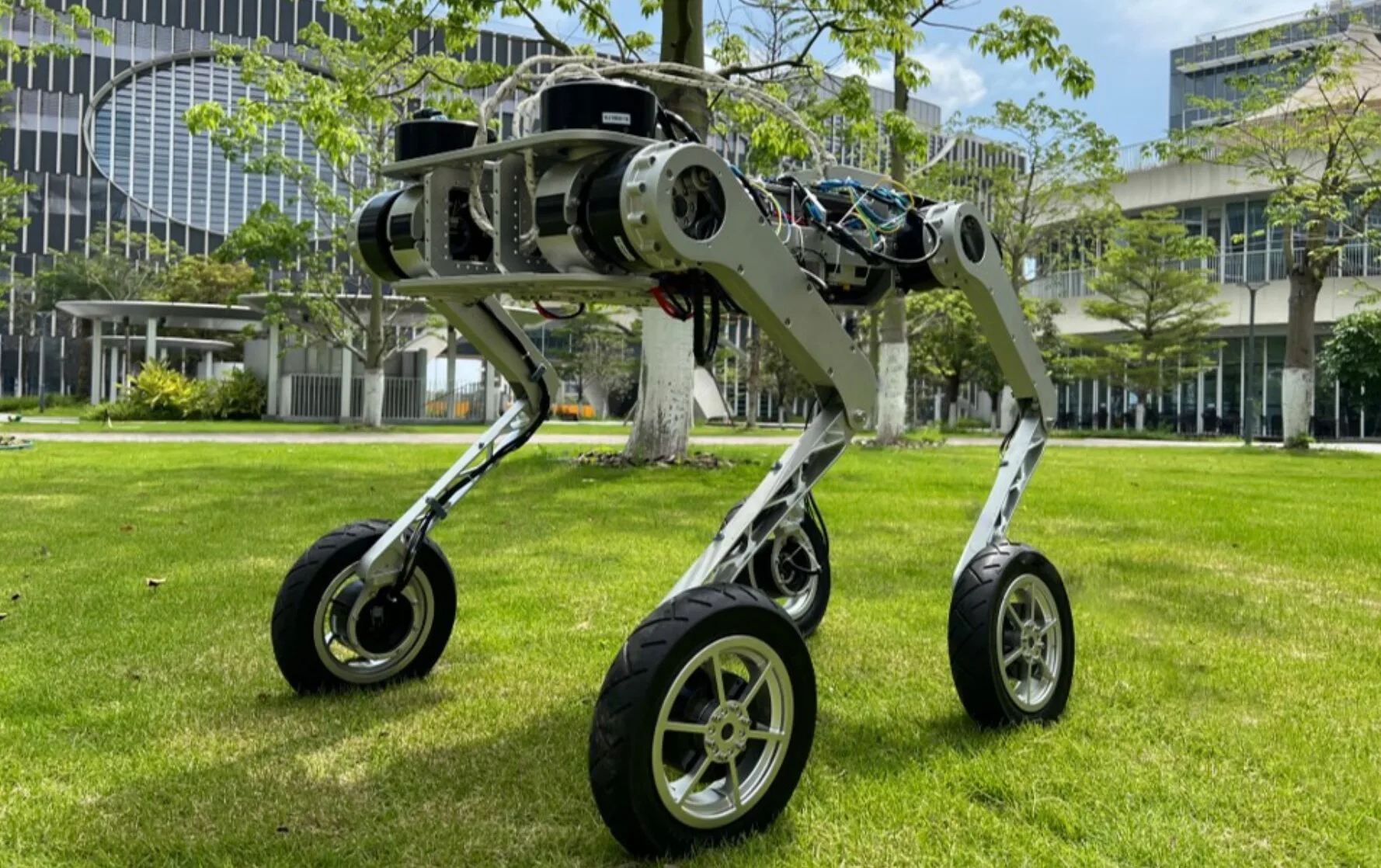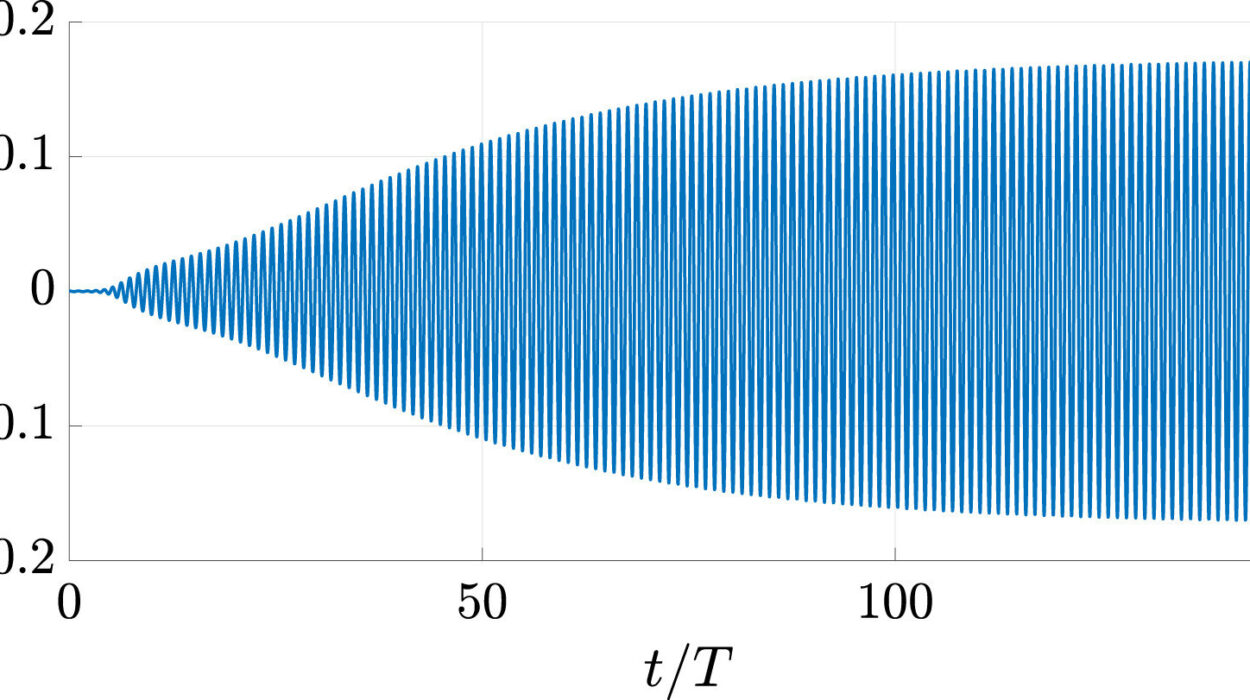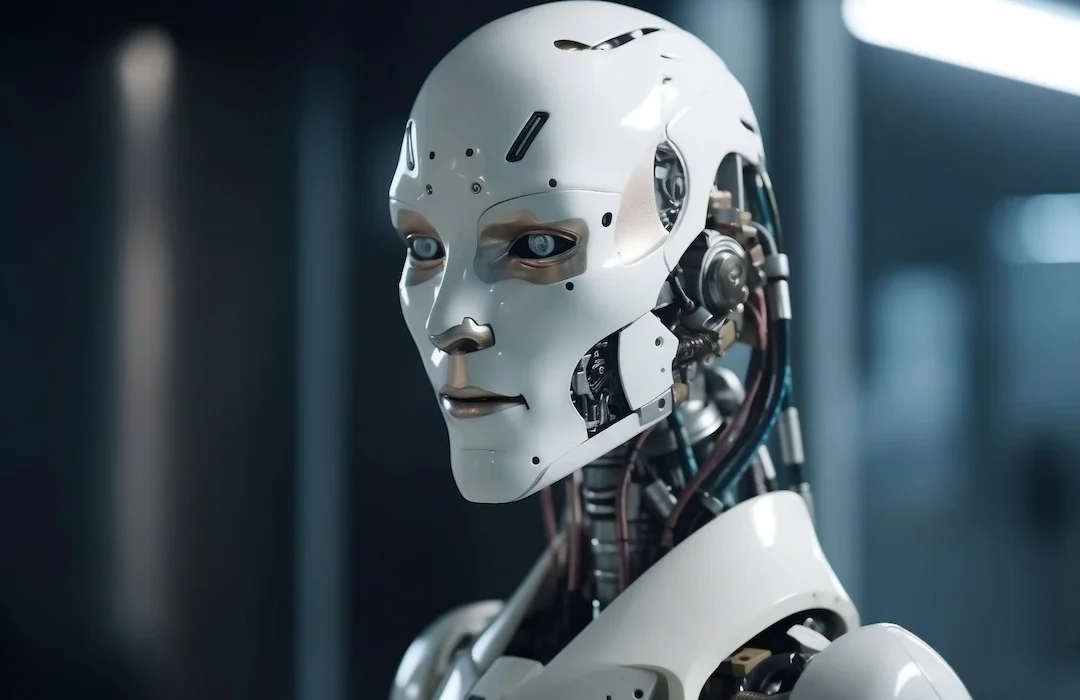When we think of robots on the move, most of us imagine either a machine rolling on wheels like a small car or walking stiffly on mechanical legs like a futuristic dog. But what if a robot could do both—glide quickly across smooth floors and climb stubborn stairs with ease?
That question has driven researchers at the Hong Kong University of Science and Technology (Guangzhou) to create FLORES, a new wheel-legged robot that combines the strengths of both worlds. More than a clever engineering trick, FLORES represents a leap forward in how robots could move through our daily environments, from bustling cities to disaster zones.
Why Wheel-Legged Robots Matter
Traditional wheeled robots excel on smooth ground. They’re energy-efficient, fast, and relatively easy to control. But the moment a curb, step, or rocky path appears, wheels alone often fail. Legged robots, on the other hand, can tackle rough and uneven terrain, yet they’re slower and less energy-efficient on flat surfaces.
The dream has always been to blend these capabilities—to build robots that can roll when rolling is best, and walk when walking is necessary. FLORES does exactly that, and it does so with surprising grace.
Inspired by Nature and Machines
Zhicheng Song, the first author of the research paper introducing FLORES, explained that the idea came from studying earlier robots like ANYmal and B2W, which integrate wheels into legged systems, and the mobED robot, a primarily wheeled design that mimics some leg-like features.
“My idea was to redesign robots like B2W towards a more car-like design,” Song explained. “The primary objectives of the FLORES project are to achieve more efficient locomotion on relatively flat terrain while retaining the ability to overcome obstacles such as stairs.”
The result is a hybrid machine that feels closer to how humans and cars navigate: efficient on open ground, but adaptable when the environment becomes unpredictable.
The Secret Is in the Legs
What sets FLORES apart is not just its ability to walk and roll—it’s how it does it. The robot’s front legs are built with a unique joint configuration. Instead of the usual hip-roll design seen in earlier robots, FLORES uses hip-yaw degrees of freedom, a subtle but powerful shift.
This adjustment allows the robot to pivot and maneuver on flat surfaces with striking efficiency, while still maintaining the flexibility to lift and step when facing rough terrain. It’s like having a car that can instantly sprout mountain boots when the road ends.
“Our distinctive joint design enables the robot to exhibit novel and highly efficient locomotion gaits that capitalize on the synergistic advantages of both locomotion modes,” Song said.
Real-World Performance
In tests, FLORES proved not only capable but also remarkably efficient. Compared with other wheel-legged robots, FLORES consumed significantly less energy—only about 30–35% as much during straight-line and turning motion experiments.
That efficiency matters. For robots intended to operate in real-world settings—delivering goods, assisting in search-and-rescue, or working alongside humans in cities—longer battery life means more productivity and greater usefulness.
Song sees FLORES as particularly well-suited for collaborative human environments, such as offices, hospitals, or transport hubs, where flat terrain dominates but stairs and obstacles are still present.
The Future of FLORES
The current version of FLORES is already a capable mover, but Song and his team are far from finished. Their next steps involve equipping the robot with a lightweight arm, enabling it not only to move but also to interact—picking up objects, opening doors, or even assisting with rescue operations.
The researchers are also experimenting with advanced behaviors. In extreme scenarios, FLORES could switch into a bipedal mode, balancing like a human and aligning its wheels in a straight line to walk across narrow pathways that would defeat other robots. Imagine a robot calmly crossing a single-plank bridge where others would freeze.
A Glimpse of Tomorrow
FLORES is more than an engineering milestone—it’s a glimpse of a future where robots move as naturally across our world as living creatures do. Whether assisting in emergencies, helping in daily urban life, or venturing into hazardous zones where humans cannot go, robots like FLORES expand what’s possible.
Albert Einstein once said, “Imagination is more important than knowledge.” FLORES is the product of both imagination and rigorous engineering—proof that when we combine creativity with science, machines can do more than we ever expected.
As the lines blur between wheels and legs, FLORES reminds us that the future of robotics isn’t about choosing one path over another. It’s about building systems that adapt, evolve, and ultimately, move through the world as seamlessly as we do.
More information: Zhicheng Song et al, FLORES: A Reconfigured Wheel-Legged Robot for Enhanced Steering and Adaptability, arXiv (2025). DOI: 10.48550/arxiv.2507.22345






